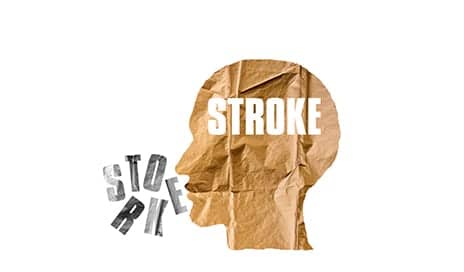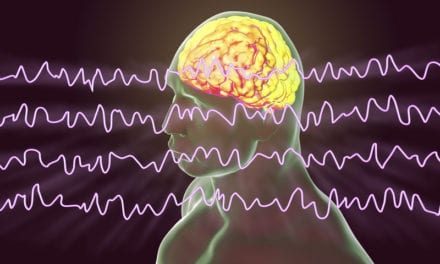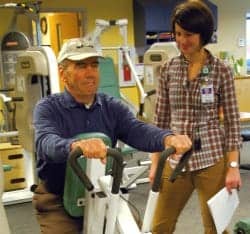A study testing the influence of arm exercise on post-stroke leg function suggests that such exercise may help improve stroke survivors’ walking ability months and even years after having a stroke.
In the study, published in the Journal of Neurophysiology, researchers from the University of Victoria in British Columbia, Canada, worked with a group of older adults who had had a stroke between 7 months and 17 years beforehand. The volunteers participated in three 30-minute, moderate-intensity arm cycling training sessions each week for 5 weeks.
During the training sessions, the research team measured the volunteers’ physical abilities before and after arm training using several standardized scales and tests of physical function. They also tested the electrical activity in the muscles and the stretch reflexes in the lower legs and wrists.
Several standardized scales and tests of physical function were used, including Six Minute Walk, Timed 10 Meter Walk, and Timed Up and Go.
The participants improved their performance significantly on all of the walking tests—as much as 28% in the Timed Up and Go test. Several volunteers had less tightness in their muscles after completing the arm cycling trial, but there was no significant change in grip strength. Nerve activity increased during arm cycling as well, according to a media release from American Physiological Society.
“Arm cycling training activated interlimb networks that contribute to the coordination of rhythmic walking,” the researchers wrote. In other words, nerves in the arms activated and adapted to improve function of the spinal cord in other areas of the body, such as the legs, affected by stroke.
These results could have a large impact on stroke rehabilitation, even years after injury. “Although improvements in walking may not be as robust as those from other training modalities, they do highlight the integral role that training the arms can have on rehabilitation of human locomotion,” the research team wrote, in the release.
[Source(s): American Physiological Society, Science Daily]





